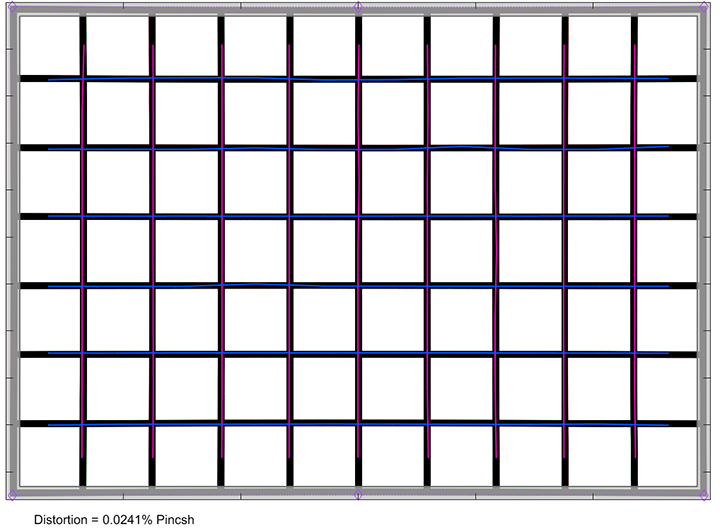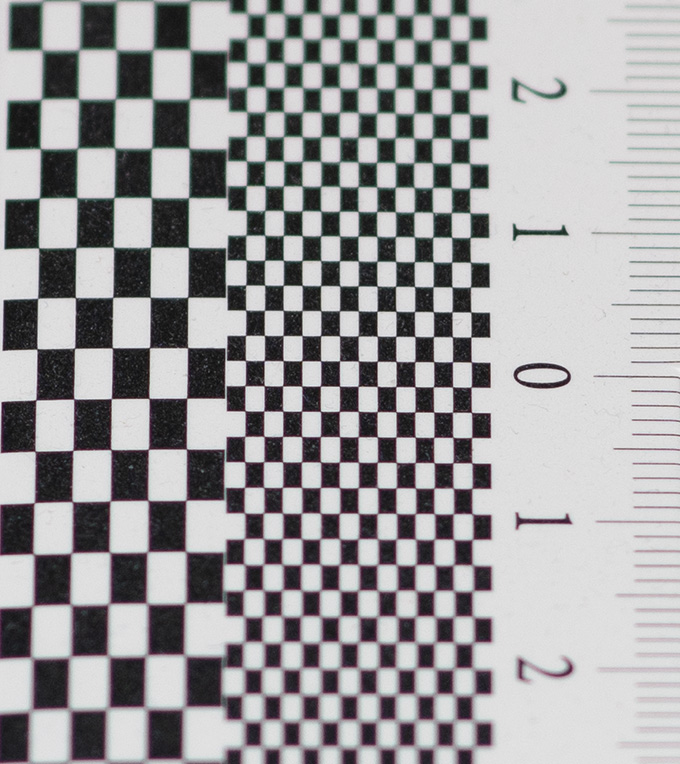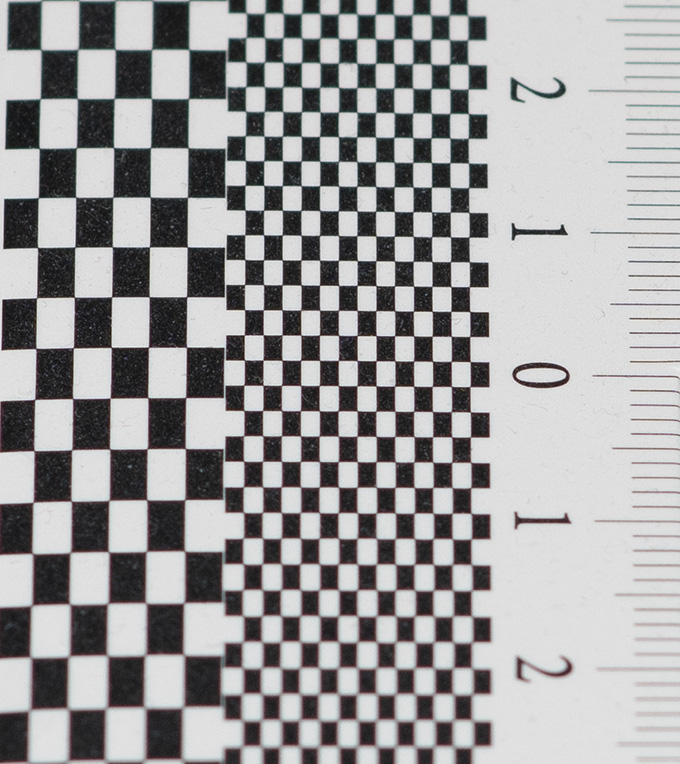Review by Klaus Schroiff, published February 2023
Introduction
Our 2nd 100mm-ish lens in our vintage test series is the Olympus E. Zuiko 100mm f/2.8 in OM mount. The Olympus OM mount was developed by Olympus Corporation for their OM-series 35mm single-lens reflex (SLR) cameras. The mount was introduced in 1972 and was used on several Olympus camera models until the early 2000s. So Olympus manufactured manual lenses well after most others had moved on to AF. Some of their latest lenses feature special glasses, and the price on the used market are often sky-high. However, the 100mm f/2.8 is reasonably priced and readily available on the used market because it was produced in large numbers and has a relatively simple design. There were 4 (?) different versions – all featuring the same optical design, it seems. The tested sample is an “E.Zuiko”. Unlike older versions, it offers multi-coating.
The name “Zuiko” comes from the Japanese word “zuishō” (瑞祥), which means “good omen” or “auspicious.” Although the Olympus legacy lives on with OM Systems, it seems that the omen wasn’t all that good for Olympus after all. The Zuiko brand predates the OM mount, actually. It was first used in 1936.

During our review of the Asahi Pentax Super-Multi-Coated Takumar 105mm f/2.8, we mentioned that we were astounded by the lens size. Well, the Zuiko is even smaller – about the size of a simple modern 50mm f/1.8. However, once again, if you add an adapter, this advantage vanishes again. As to be expected, the build quality of the lens is excellent. The lens body is made of metal, and the focus ring operates as smoothly as silk. The focus ring is rubberized. While grippy, rubber ages and if you shop on the used market, you will find samples where the rubber ring is about to detach. However, ours was in excellent condition. The aperture ring of the 100mm f/2.8 is located at the front of the lens, which may be something to get used to. The aperture stepping is rather coarse at one stop. Typical for its time, it uses an extension mechanism for focusing; thus the length of the lens increases towards shorter focus distances.
Needless to say – it’s a fully manual lens. Thus you set the aperture on the lens while (usually) setting the camera to aperture priority mode. Manual focusing is pure joy with this lens, and it’s also precise when using a magnified view.
| Specifications | |
|---|---|
| Optical construction | 5 elements in 5 groups |
| Number of aperture blades | 6 |
| min. focus distance | 1.00m (max. object magnification 1:8.3) |
| Dimensions | 48x60mm |
| Weight | 230g |
| Filter size | 49mm |
| Hood | optional, barrel-shaped |
| Other features | – |
| Mount | Olympus OM |
Distortions
Image distortion? Which image distortions? The Olympus Zuiko MC 100mm f/2.8 is a fully corrected lens with no distortions to speak of.

Vignetting
The lens produces a medium degree of vignetting at f/2.8. At ~1.2EV (f-stops), the light falloff can be visible, although it’s not overly disturbing by full format standards. Stopping down to f/4 solves the issue, and it’s gone from f/5.6.

MTF (resolution @ 42mp on Sony Full Format)
The Olympus E. Zuiko 100mm f/2.8 is a comparatively modern vintage lens, and it shows in terms of resolution. The lens is perfectly usable at a fully open aperture already. The broader center quality is very good, and even the borders/corners are on a good level. Stopping down results in a gradual improvement until f/5.6. The center quality is almost excellent here, and the outer image field is also sharp. Diffraction effects dampen the resolution from f/11 onward, and f/16 (not shown) should be avoided as usual.The field curvature is low. The centering quality of the tested sample was good.
Please note that the MTF results are not directly comparable across the different systems!
Below is a simplified summary of the formal findings. The chart shows line widths per picture height (LW/PH) which can be taken as a measure of sharpness. If you want to know more about the MTF50 figures, you may check out the corresponding Imatest Explanations.

Chromatic Aberrations (CAs)
Lateral CAs vary along the aperture range with a maximum pixel width of ~0.7px at the image borders at f/2.8, rising to 1.3px at f/11. This is still pretty good by modern standards.

Bokeh
A 100mm f/2.8 lens is perfect for portraits and street photography, so besides sharpness, you also tend to be interested in the rendering of shallow depth-of-field scenes – or in other words – the bokeh of the lens.
Out-of-focus highlight discs are very smooth with no visible outlining. Stopping down to f/4 produces a more edgy aperture shape already.

Once again, we are surprised at how well this vintage lens renders highlights across the image field – even the highlight discs in the corners don’t show the typical “cat eyes” but remain fairly ellipsoid at least. Stopping down to f/4 helps broaden the zone of “circular” highlights, although the edgy aperture shape makes this less pleasing.



The quality of the general blur in the focus transition zone is very nice both in the background (shown to the left below) and the foreground (to the right).

Bokeh Fringing / LoCA
Boheh fringing/LoCA is an axial color fringing effect with purplish halos in front of the focus point and greenish beyond.
Typical for most vintage lenses, the Zuiko struggles in this respect, as you can see below. Stopping down to f/4 reduces the LoCAs substantially, and they are mostly gone from f/5.6.



The Olympus E. Zuiko 100mm f/2.8 is a fairly "modern classic" in that it combines decent optical qualities and the special character of a vintage lens. It is sharp on high-megapixel sensors - even by modern standards. Both contrast and resolution are very usable even at f/2.8, and it's pretty impressive across the image frame around the f/5.6 mark. Image distortions are perfectly corrected, and lateral CAs are quite well controlled. Axial CAs (LoCAs) are on the high side at f/2.8, but that's not unheard of for some modern lenses either. Images show some vignetting at a fully open aperture without being excessive. The quality of the bokeh is very lovely at f/2.8.
A fascinating aspect of the Zuiko is its tiny size. It's less than 5cm in length. So if you think that today's "mirrorless" lenses are small - this one is smaller. However, being an SLR-era lens translates to a fairly long mount adapter so some of this sexiness is getting lost again. As you might expect, the build quality of the lens is excellent. The focus ring is nicely dampened, and the clicky aperture ring also screams quality - even after all these years. As mentioned in the introduction - if you plan to go for it, make sure that the rubberized ring hasn't deteriorated, though.
The Olympus Zuiko 100mm f/2.8 is undoubtedly a good starting point for a vintage lens journey. It avoids the optical weaknesses of older designs, yet it still provides the vintage feel for a joyful experience.
-
Optical Quality7
-
Build Quality9
-
Vintage "Character"9


